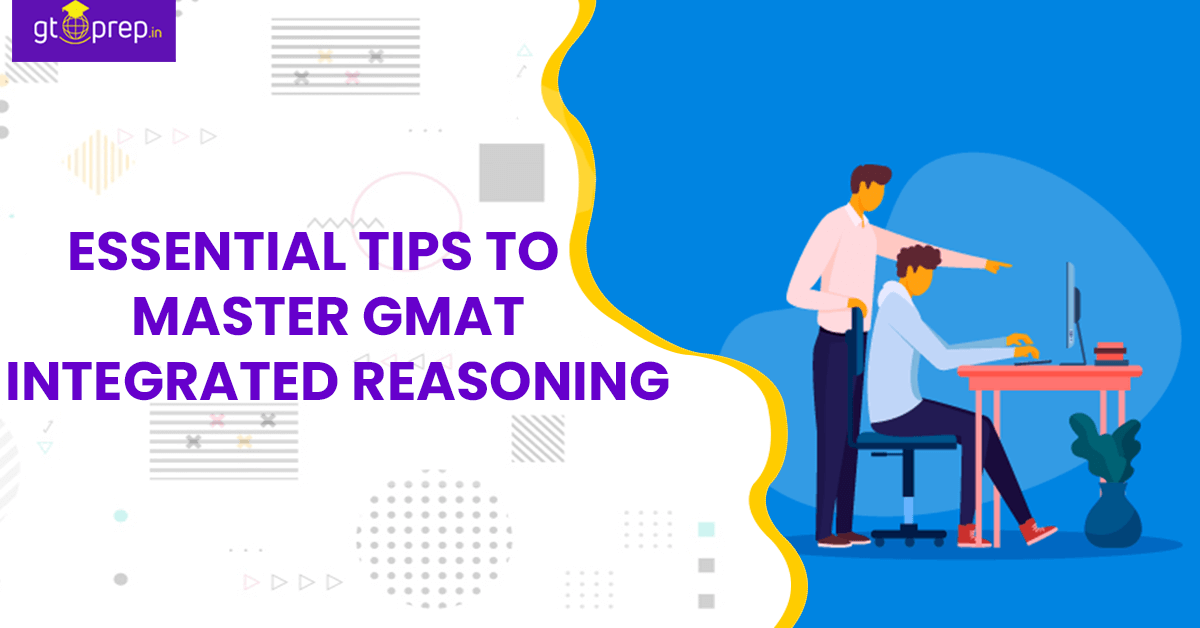
To get placed in any of the top business schools around the globe, one must get through the GMAT test with a good score. As a part of it, the candidates must be aware and practice all the sections. GMAT Integrated reasoning is a recently added section to the test to emphasize the candidates data interpretation skills.
What is Integrated Reasoning in GMAT?
GMAT Integrated reasoning is a 30-minute long section with 12 questions. The questions of this section are majorly picture or graphical representations. Data interpretation covers the major part of the GMAT exam as this particular skill is mandatory for the MBA aspirants and it is one such thing that any B-school will look at in the candidates. Get the best tips to crack the GMAT exam with a good score.What is the Purpose of the GMAT Integrated Reasoning Section?
Running a business is not an easy task. It needs a high level of problem-solving skills, Data analyzing skills, and critical thinking as well. In order to verify whether the candidate is pursuing all the required skills or not, GMAT test makers have designed the test with a mix of Verbal and reasoning parts. As a part of this scrutinizing procedure, the Integrated Reasoning section is added to emphasize the data analyzing skills of a candidate. Even during the admission interviews and the job interview, the interviewers are looking at the GMAT IR score.What are the Question Types in the GMAT Integrated Reasoning Section?
GMAT Integrated Reasoning questions can be of four types. Graphs, Tables, Multi-Source Reasoning, Two-part Analysis1. Graphical Interpretation
In this question type, a graph will be given from which the test takers must analyze the data and complete the statements using the dropdowns.2. Table Analysis
For Table Analysis questions, a table of data will be provided. It should be analyzed and answer the questions based on that table data.3. Multi-Source Reasoning
This question type has data in multiple tabs. Here, using that data, candidates must provide their answering analyzing all the relevant information.[Read more: Common Mistakes Made by GMAT Test Takers]
4. Two-part Analysis
This is kind of finding the right between two options. A table of data will be provided in which the right choice should be chosen. With all the information of the GMAT Integrated Reasoning questioning pattern, let us see how to master this section.7 Essential Tips to Master GMAT Integrated Reasoning
1. Practice Analyzing Graphs
Integrated Reasoning is mostly a graphical part where analyzing plays a major role. To answer the questions quickly, practicing with the graphs will reduce the brainstorming time during the test day. Graphical reading is one thing that mock for the entire test. As the GMAT exam has more graphs to look at and analyze. So, without proper practice, trying the attempt the exam as a layman can completely drain out your time.2. Get Used to the Rhythm with Practice Tests
GMAT Integrated reasoning is a 30 minutes long test where 12 questions should be answered. If the first ten minutes are spent understanding the concept, boom, No time left for the remaining questions. It is a wise move to get into the rhythm before the exam itself. With plenty of online sources providing practice tests for GMAT, One can practice a lot and understand the pattern, which can save a lot of time. In addition, on the way to practicing, many self-learned tips can take birth.3. Make Use of Calculator
Never forget to make use of a calculator during the tests. GMAT allows the use of a calculator on the screen. Make use of it while solving mathematical questions without wasting any time on unnecessary calculations.4. Know Whats Needed
GMAT Integrated Reasoning score is mandatory. Yes but, having a goal of a certain score and trying to reach it can make the task easy. With a target in mind, set what to prepare and how much score is enough for your goals.[Read more: How to Score 720+ on Your GMAT Test in Just One Month]
